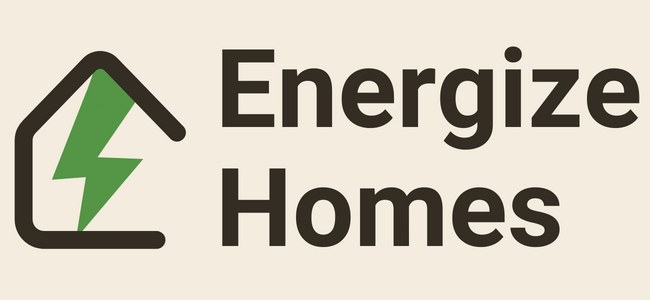Backup Heating Solutions for Heat Pumps in Extremely Cold Climates
When it comes to heating homes in extremely cold climates, heat pumps have gained popularity due to their energy efficiency. However, a major drawback of heat pumps is their reduced effectiveness at very low temperatures. In such conditions, backup heating solutions become critical to maintain a comfortable indoor environment. This article will delve into the recommended backup heating options for heat pumps in extreme cold climates, using industry-specific terminology for clarity.
Dual Fuel Systems: A Synergistic Approach
Description:
In a dual fuel system, a heat pump works in conjunction with a fossil fuel-based furnace, usually natural gas, propane, or oil. When temperatures are above the balance point, the heat pump operates for energy efficiency. As temperatures drop below the balance point, the system automatically switches to the fossil fuel furnace for optimal heating.
Technical Details:
- Balance Point: The outdoor temperature at which the heat pump’s output equals the heating needs of the house.
- AFUE (Annual Fuel Utilization Efficiency): Measures furnace efficiency.
- SEER (Seasonal Energy Efficiency Ratio): Measures heat pump efficiency.
| Dual Fuel System Component | Role |
|---|---|
| Thermostat | Controls the switch between the heat pump and the furnace based on the balance point. |
| Outdoor Temperature Sensor | Continuously measures external temperatures. |
| Electronic Control Board | Manages the operation of the dual fuel system. |
Electric Resistance Heating: The Quick Fix
Description:
Electric resistance heating units can be installed directly within the air handler of the heat pump system. It acts as an “emergency heat” source when the heat pump is not sufficient.
Technical Details:
- kW Rating: Determines the heating capacity of the electric resistance heater.
- COP (Coefficient of Performance): A lower COP indicates reduced efficiency.
| Electric Resistance Heating Component | Role |
|---|---|
| Heating Coils | Produces heat through electrical resistance. |
| Relay Switch | Activates the heating coils. |
| Limit Switch | Deactivates the heating coils to prevent overheating. |
Hydronic Backup Systems: The Luxury Choice
Description:
Hydronic systems use heated water to distribute heat. This heated water flows through radiators or in-floor tubing to provide warmth.
Technical Details:
- GPM (Gallons Per Minute): Flow rate of the heated water.
- BTU/hr (British Thermal Units per hour): Heating capacity of the hydronic system.
| Hydronic System Component | Role |
|---|---|
| Boiler | Heats the water. |
| Circulating Pump | Distributes the heated water. |
| Radiators/In-Floor Tubing | Emanates heat into the room. |
Direct Vent Wall Heaters: The Space-Saver
Description:
These are compact, wall-mounted units that provide localized heating. They are ideal for supplementing heat in specific areas of the house.
Technical Details:
- Vent Type: Direct-vent or vent-free.
- Ignition Type: Electronic or Piezo.
| Direct Vent Wall Heater Component | Role |
|---|---|
| Heat Exchanger | Transfers heat to the room. |
| Flue | Vents combustion gases (if applicable). |
Conclusion
When it comes to backup heating solutions for heat pumps in extremely cold climates, a multitude of options are available, each with its own set of technical specifications. From dual fuel systems that synergize the capabilities of heat pumps and furnaces to electric resistance heating for emergency situations, the choice ultimately depends on your specific requirements and constraints.
Understanding the industry-specific terminology such as AFUE, SEER, kW rating, and COP can greatly assist in making an informed decision. It’s crucial to evaluate each backup option considering the home’s structure, the local climate, and the primary heating system in place to achieve the perfect balance between efficiency and effectiveness.
